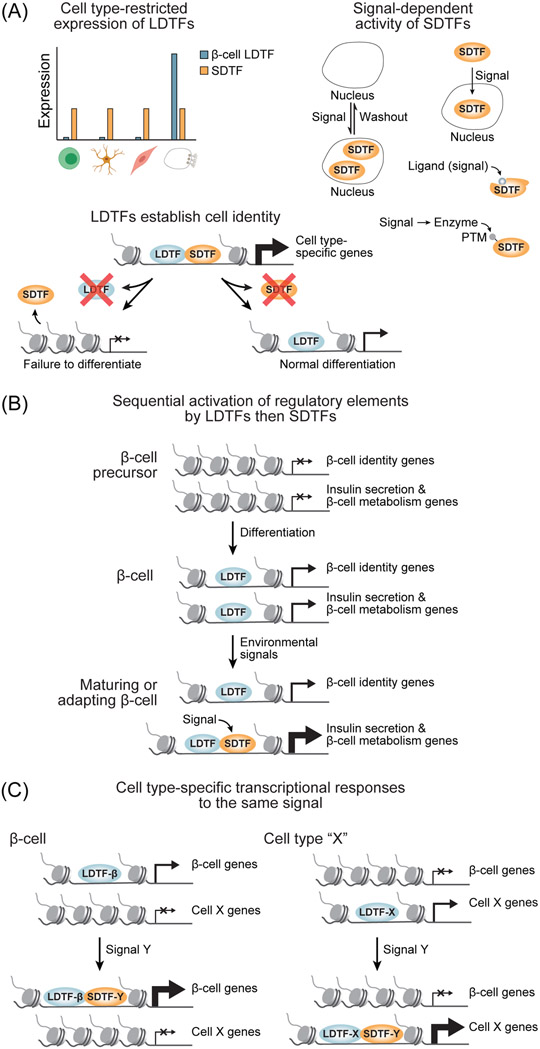Figure 1. Mechanisms of transcriptional regulation of β-cell identity and functional plasticity.
(A) Defining properties of lineage-determining transcription factors (LDTFs) and signal-dependent transcription factors (SDTFs). Although it is possible for TFs to exhibit characteristics of both classes, these rules classify the vast majority of TFs studied in the context of β-cells (see Table 1). Top left, LDTFs are expressed in restricted numbers of cell types. Bottom left, LDTFs are required for differentiation of specific cell types. Right, activity or expression of SDTFs are dynamically regulated by extracellular signals. PTM, post-translational modification. (B) β-cell-characteristic genes are activated in a stepwise manner during development and maturation first involving establishment of gene regulatory programs by LDTFs followed by fine-tuning of transcription in response to environmental signals by SDTFs. (C) LDTFs provide cell type specificity to the response to environmental signals by directing SDTFs to cell type-specific gene regulatory elements. This figure was created using BioRender (https://biorender.com/).

